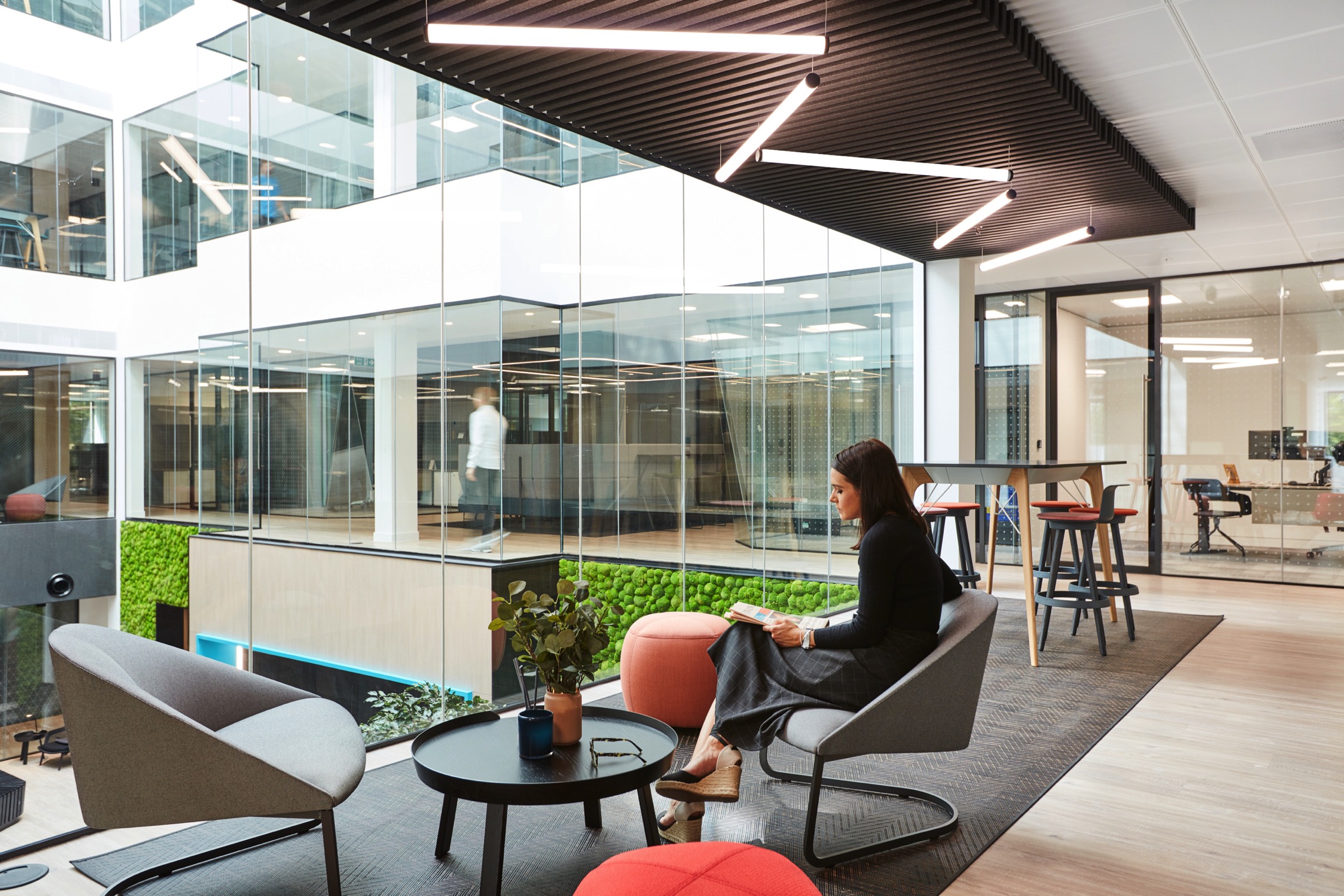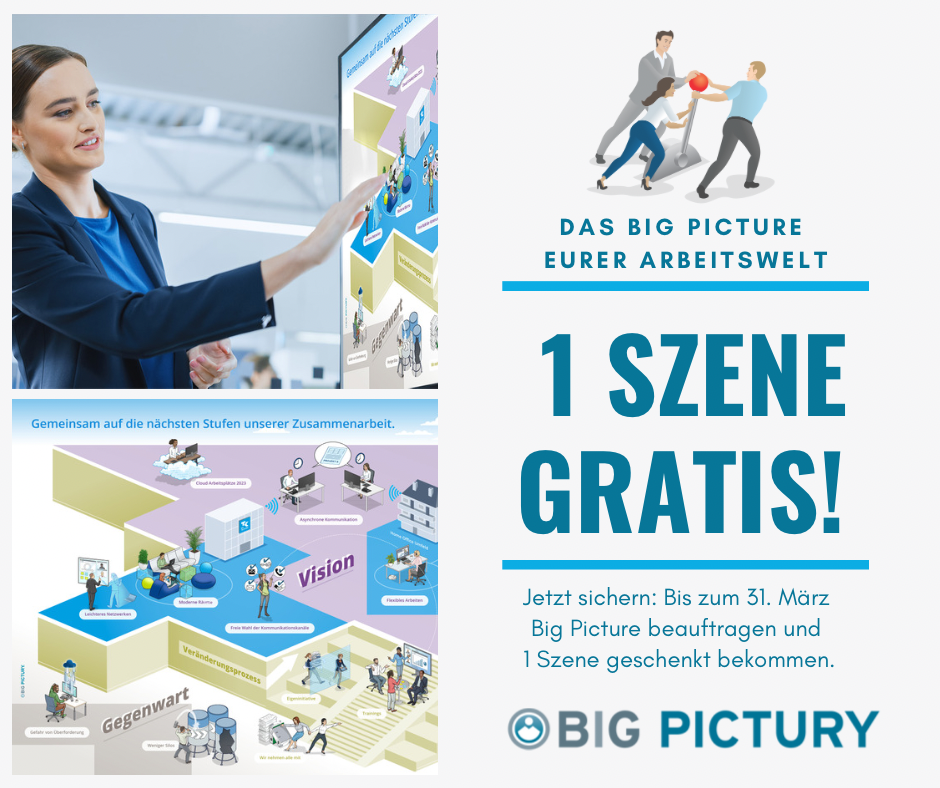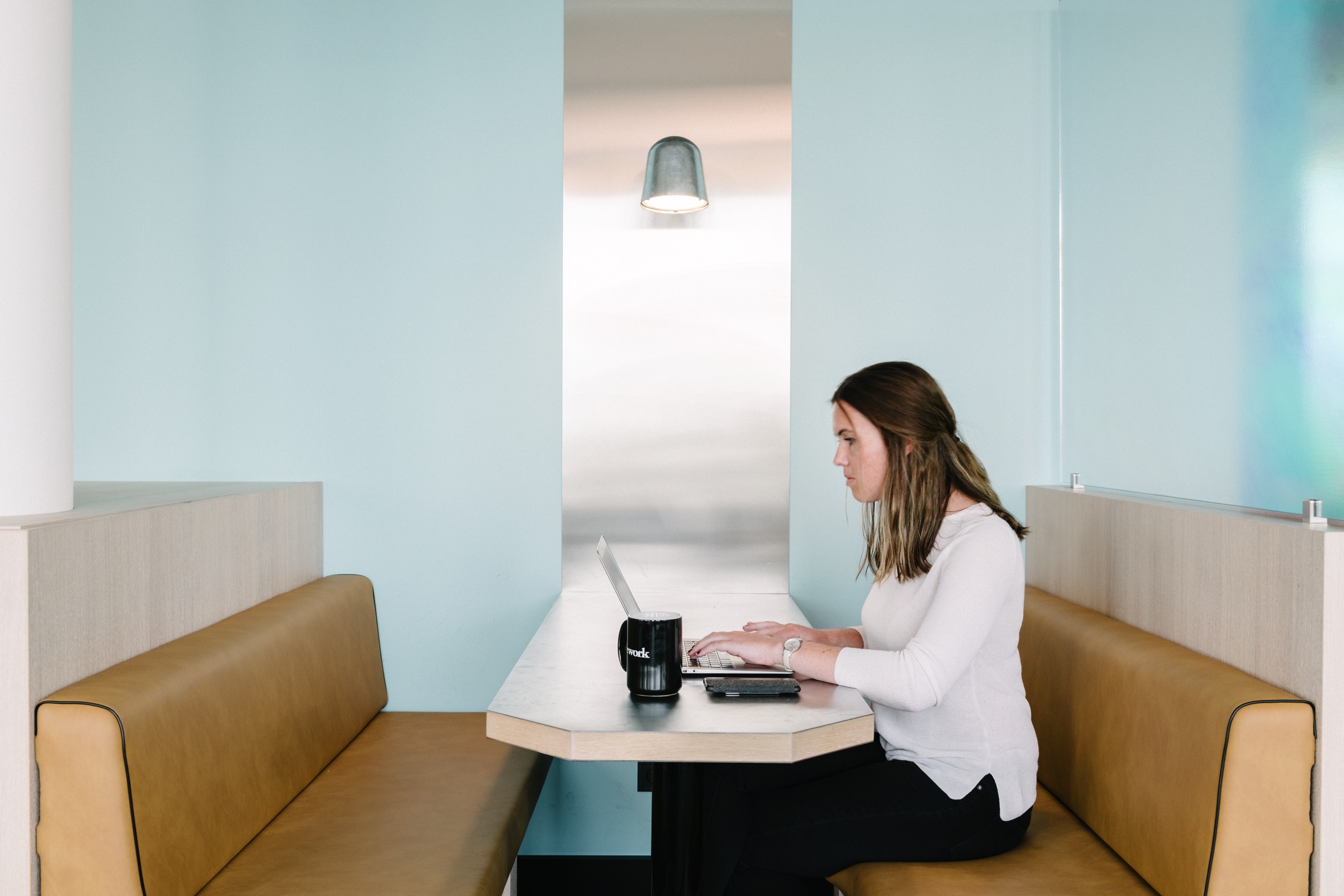Workplace design in times of Covid 19
Surely none of us could have imagined at the beginning of the year how comprehensively our lives would change in a matter of weeks. The pandemic has made deep incisions into our collective daily life and it has long since been clear that we won’t see the like of those Christmas parties in far-off December again for some time to come. Similarly, our working life won’t be the same again for some considerable time yet. The question now is: how will workplace design change to adapt to the current and post-Corona world, and which of those changes will stand the test of time? We put these questions to a number of the most prominent designers and interior designers in Germany and worldwide. We’re now publishing their answers to these questions in our series “Workplace design in times of Corona”.
„Although the full impact of recent events is still unknown, one thing that is becoming clear is that this could be the black swan event that forces us to change our mindset around current work design practices and allow us clearer thinking in creating more humanistic and evidence based workplace environments.
What we’re seeing happen now is a departure from the antiquated perceptions of presenteeism, as employers are beginning to realise that an employee physically working within an office, doesn’t necessarily guarantee improved results or productivity. While reversely employees are realising a new appreciation for the office, with many of us longing to return to the community of the workplace. These new ways of working that have been forced upon us presents a real opportunity to gain valuable insights into our work practices, ultimately enabling us to respond with truly humanistic workplace designs.
Uptake of split working, but no reduction of space required though
Our return to work will most definitely be in a phased capacity, with two main stages; pre and post vaccination, with measures at first most stringent that we’ll see slowly lifted over time.
Office will be less densely populated, as we expect employers to adopt more flexible working from home policies and there may be an uptake of “split working weeks” amongst business unit teams. But with required social distancing measures this won’t necessarily mean a reduction in the amount of space required, in fact as time goes on and more people return to the office at one time we may see an increase in space requirements in order for business’ to operate safely and uphold social distancing measures.

Adoption of more hands free, just as we’ve seen a decline in cash and an upturn in contactless activity in the retail sector, this will follow through into the workplace. Technology integration will increasingly be done via Bluetooth or other wireless technologies, and we’ll see more and more furniture items with hands-free adjustment features.
Integrated sanitation caddies/stands, at the ends of workstations and upon entry and exit of meeting rooms and booths. Typically these will include wipes to clean the work area and hand sanitizer for personal use.“
Amber Wild, Creative Manager
AIS, London, May 2020
Editing: Jonas Demel
Credits
Statement and project example: AIS


